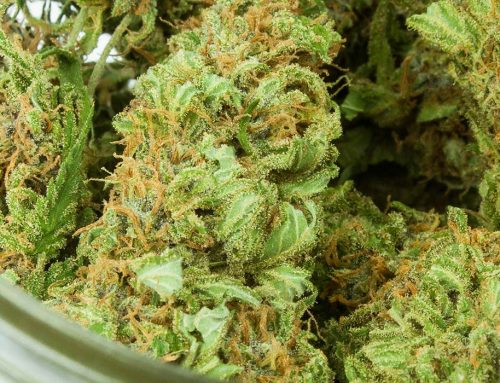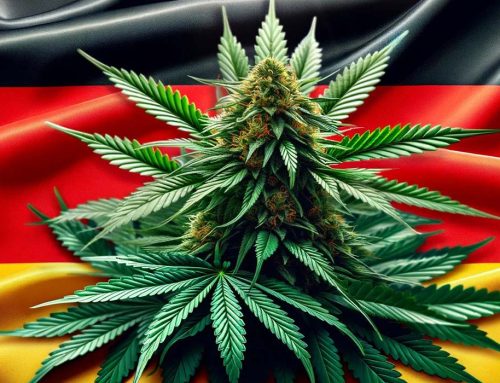On December 17, 2018, the National Institute on Drug Abuse (NIDA), a federal scientific research institute that is part of the National Institutes of Health, U.S. Department of Health and Human Services, published the results of its annual survey of drug use among the nation’s teenagers. The finding: “there have been few significant changes over the past few years in teen marijuana use,” and “use of most other illicit drugs by middle and high schoolers is at historic lows.” The survey debunks claims by opponents of legalization that it increases marijuana use among youth.
Here’s the raw data on adolescent marijuana use trends:
| 8th 2012 | 8th 2017 | 8th 2018 | 10th 2012 | 10th 2017 | 10th 2018 | 12th 2012 | 12th 2017 | 12th 2018 | |
| Lifetime Use | 15.2 | 13.5 | 13.9 | 33.8 | 30.7 | 32.6 | 45.2 | 45 | 43.6 |
| Annual Use | 11.4 | 10.1 | 10.5 | 28 | 25.5 | 27.5 | 36.4 | 37.1 | 35.9 |
| 30-day Use | 6.5 | 5.5 | 5.6 | 17 | 15.7 | 16.7 | 22.9 | 22.9 | 22.2 |
| Daily Use | 1.1 | 0.8 | 0.7 | 3.5 | 2.9 | 3.4 | 6.5 | 5.9 | 5.8 |
| Perceived Availability | 36.9 | 35.2 | 35 | 68.8 | 64.6 | 64.5 | 81.6 | 79.8 | 79.7 |
Numbers reported in percentages. Availability figures include those saying marijuana is fairly easy or very easy to get.
The survey does have some bad news, however. Vaping is on the increase, which may be considered as a sign that advertising works. As the NIDA’s press release on the survey notes:
There is a perception, promoted by the manufacturers of vaping devices, that vaping is harmless because it does not involve the burning of tobacco….However, there is mounting evidence that vaping can be harmful to the respiratory system….Even more importantly, nicotine, which stimulates the firing of dopamine neurons…might render the brain more sensitive to the reinforcing effects of drugs, increasing the risk for addiction. Scientific findings and epidemiological data suggest that nicotine can act as a “gateway” to other substances.
Marijuana has often been called a gateway drug, and any drug use can lead to use of other substances. But the government’s research suggests that nicotine plays a significant role as a gateway drug, making the increase of vaping among teens “an alarming development.” The rise in vaping has been significant: “The number of high school seniors who reported vaping nicotine in the past 30 days nearly doubled from 11% in 2017 to 20.9% in 2018.”

The study also notes that teens that vape sometimes report that they are vaping “flavoring only” but may be ignorant of the nicotine content of what they are vaping. Fortunately, “the recent decision by the Food and Drug Administration (FDA) to require manufacturers of vaping devices to have plans for keeping their products out of the hands of children and teens is thus an important step.”
Juul
Forbes reports that “Juul Labs, the maker of the most popular U.S. e-cigarette, is…on track to generate an estimated $1 billion in sales this year, up more than 300% from a year ago” and that “its products…are…a hit with teenagers.” The Forbes article also states that while Juul has consistently denied that its marketing and advertising are directed at youth, a researcher at Stanford University who specializes in analysis of tobacco advertising claims otherwise, citing numerous instances in which Juul’s advertising shows models dancing to music and wearing clothes “more characteristic of teens than mature adults.” In response to the increase of vaping among teens, the FDA has taken steps to reduce sales of vaping cartridges containing nicotine.
Marijuana Use Steady
While the NIDA study raises the alarm about vaping, it points out that marijuana use among teens has remained steady even as adult use legality has increased. Marijuana does, however, remain a relatively popular drug among teens. While use of other illicit drugs is at historic lows, “This year, a little over a third of high school seniors (35.9 percent) and a little over a quarter of sophomores (27.5 percent) reported using marijuana in the past year.” In addition, while marijuana use is declining among younger teens, the increase in vaping has brought with it an increase in vaping marijuana.
In summary, NIDA’s yearly survey continues to show that marijuana use among teens is not increasing along with legal adult use. Another encouraging finding: despite the epidemic of opioid use among adults, teens are using opioids and other illicit drugs less. On the other hand, vaping has increased dramatically among teens, which has reversed a long trend of decreasing use of nicotine.
What do you think? Will the FDA do more to reduce vaping among teens? Leave a comment below.






